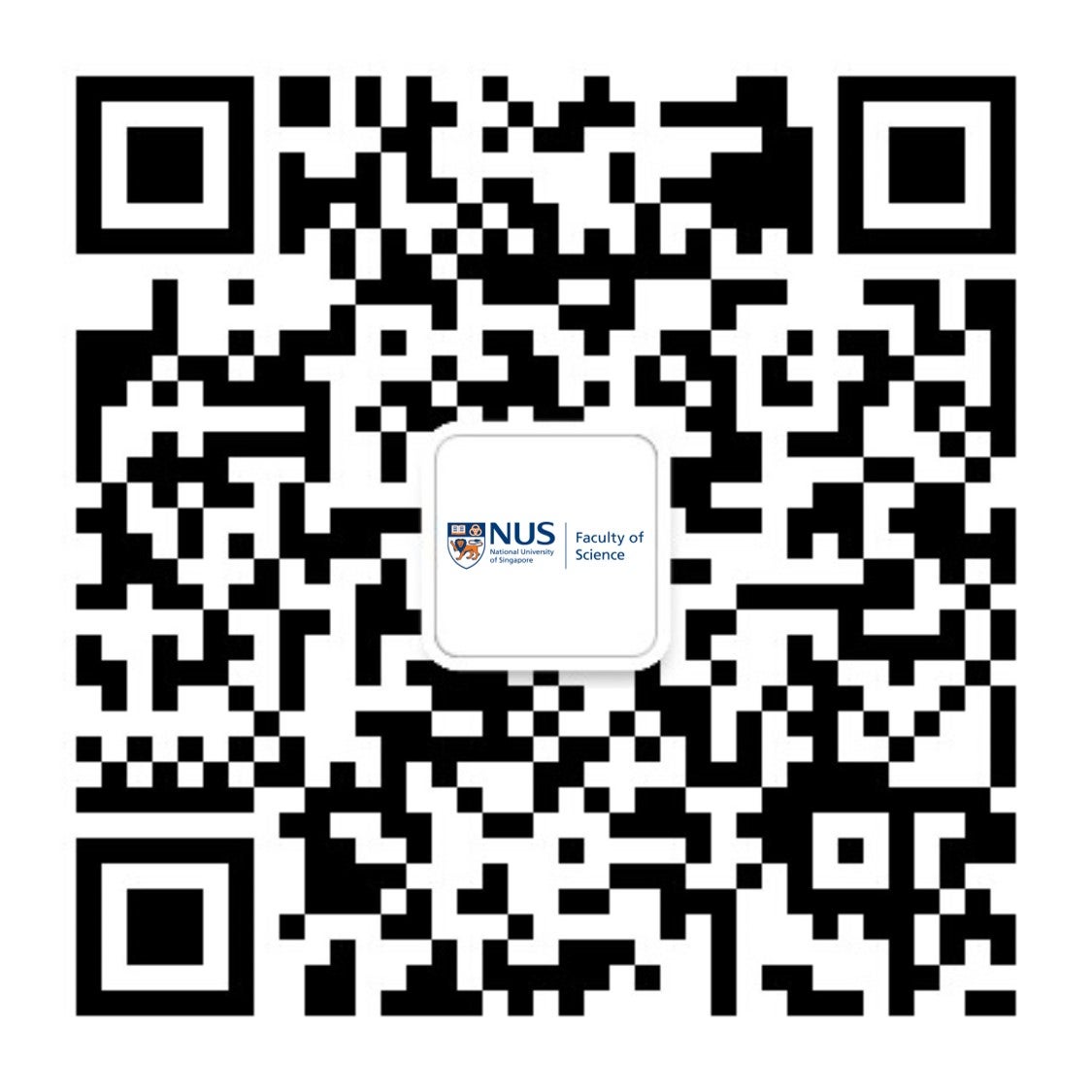Delving Into the Science of the Miniscule
July 14, 2021
From better and faster electronics, to stronger and more resilient materials, to name a few, the advent of nanotechnology – the ability to visualise and manipulate matter at the nanoscale – has the potential to impact our lives and transform industries through various real-world applications.
Researchers from NUS’ Faculty of Science (FOS) have made inroads into understanding how atoms and molecules behave differently at the nanoscale, and how to harness the special properties they have at those scales. These were the insights shared with aspiring young scientists and high school students across Southeast Asia at a virtual programme on Big Opportunities in the Nanoworld from 15 to 26 June 2021, organised by the NUS Department of Physics, FOS in collaboration with the NUS School of Continuing and Lifelong Education (SCALE).
The fascinating concepts of nanotechnology were brought to life through six lessons, which brought participants through an exciting journey of scientific discovery – from getting to know the physical properties of nanomaterial systems to understanding the specialised techniques and instruments used for this new technology.

The online sessions were well-attended by participants from different countries
The programme was packed with multiple science demonstrations, fun experiments and virtual laboratory tours that added a sense of realism and vividness to different nanoscience phenomena.

Students had the opportunity to actively participate in some science experiments using simple household items. For example, they took part in an experiment to create the effects of a ‘jumping’ matchstick caused by nano-friction (see below). This experience not only generated excitement, it also enriched participants’ understanding of the scientific concept.

Now, Physics may be perceived as hard and complex. But Faculty lead Prof SOW Chorng Haur, driven by a clarion call to spread the passion for science, hopes to change mindsets through such initiatives. He said, “Abstract scientific concepts can be understood in an elegant and yet exciting manner, with interactive experiments that engage participants through a hands-on, minds-on approach.”
The online sessions were also interspersed with multiple “zoom trips” to research laboratories, which featured live experiments. Participants were asked to guess what the scientists were doing and the samples being studied. They were also invited to explain the observed phenomena during the experiments. Drawing participants into the experiments, Prof Sow explains, prompts them to start thinking and asking questions naturally.

Dr Sharon Lim and Dr Poh Eng Tuan demonstrated the scanning electron microscope, atomic force microscope, scanning tunnelling microscope, fluorescence microscope, optical tweezers, focused laser beam nanofabricator and photoluminescence spectroscopy.
A surprise experiment kit (below) was mailed to every participant prior to the programme. Participants used the kit items to construct hands-on demonstration apparatus, in the process gaining greater insights.

For instance, participants converted their handphones into a microscope by placing the flat surface of the plastic lens on the handphone camera ((a) and (b) below). This simple process illustrated the resolving power and magnification in microscopic techniques and microscale objects. The participants also chanced upon unexpected findings when they took microscopic images of ordinary home items.

(c) A microscope experiment on a 20 Philippine peso bill reveals the text “BSP20”, repeated many times below the line “Republika ng Pilipinas” (Republic of the Philippines). BSP stands for “Banko Sentral ng Pilipinas” (Central Bank of the Philippines). Image provided by student Fletcher Cabahug. (d & e) The phone microscope could see through inner materials of a blade of grass and onion skin. Image provided by student Francine Mae Ang
In another experiment, participants used a mirror on a membrane stretched over the end of a tube as a sound-controlled vibrating mirror, which brought to life various laser patterns and shapes (below).

This creative way of teaching science was fun and energetic, and successfully ignited curiousity in the advanced concepts of nanotechnology. Participants shared that the interactive in-class discussions and hands-on activities strengthened their knowledge in STEM (Science, Technology, Engineering, Mathematics) subjects.
Farrell SANTOSO, an Indonesian student from Penabur International School Kelapa Gading, said, “The laboratory demonstration was a one-of-a-kind experience with technology I would otherwise never dream of seeing. I’m grateful for the insights I acquired.”
Beyond academics, the programme also facilitated cross-cultural exchange. Students were divided into groups of three and each team brought together members from different countries to work on projects. The programme ended on a high note, with participants receiving a special invitation for a fully-guided tour to the Physics Laboratories on their next visit to Singapore and NUS.
This programme is the Department of Physics’ first-of-its-kind towards delivering innovative science learning online. It is part of a series to inspire youth to consider future careers in cutting-edge knowledge and emerging technologies that will play a role in the future economy.


